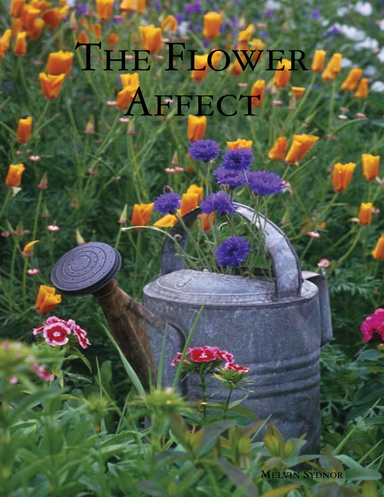
Perovskia, commonly known as Russian Sage, is a flowering herbaceous perennial native to the steppes and hills of central and southwestern Asia. It belongs to the mint family and is known for its aromatic leaves and striking blue-purple flowers. Cultivation of Perovskia is straightforward; it thrives in poor, well-drained soils and full sun, making it a drought-resistant choice for gardens. With its hardiness and low maintenance, it’s an excellent addition to herbaceous borders and ornamental gardens across various climates. Cheers





